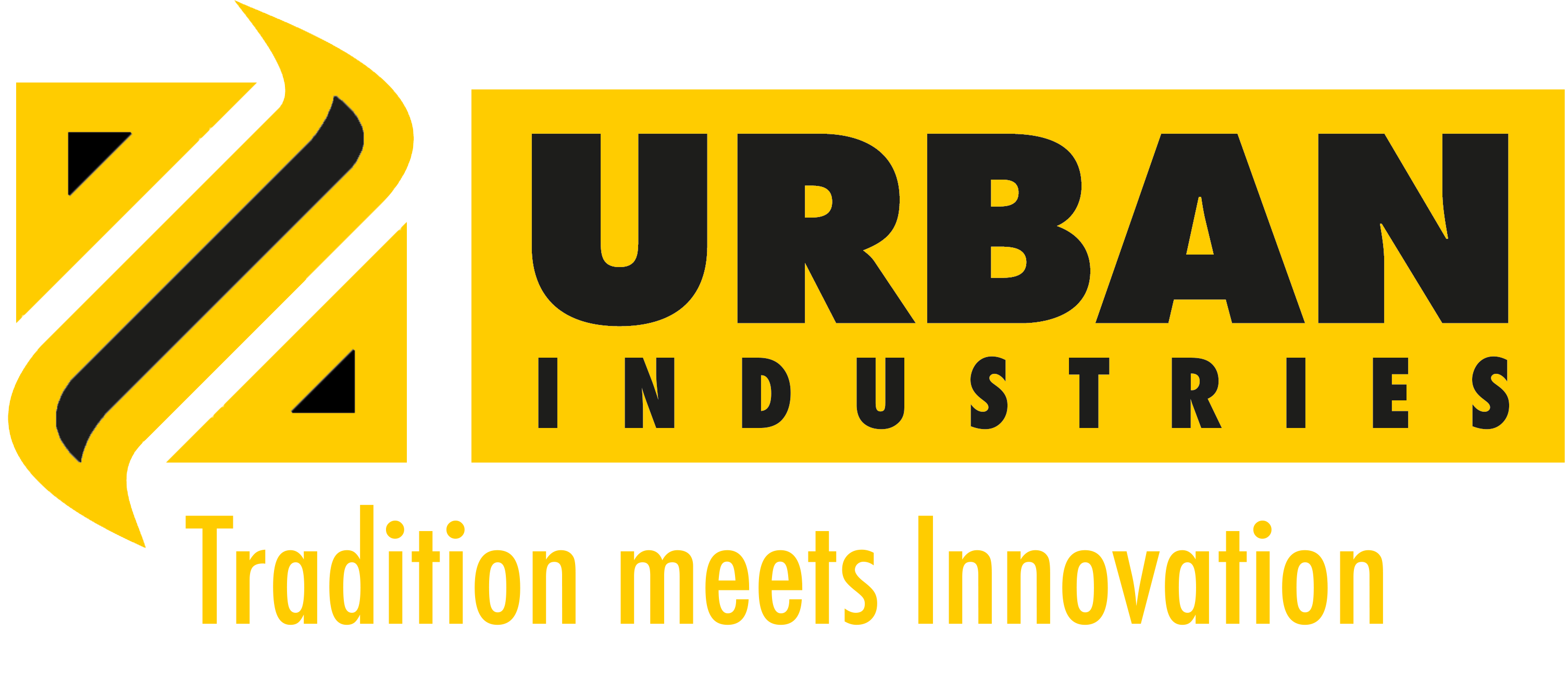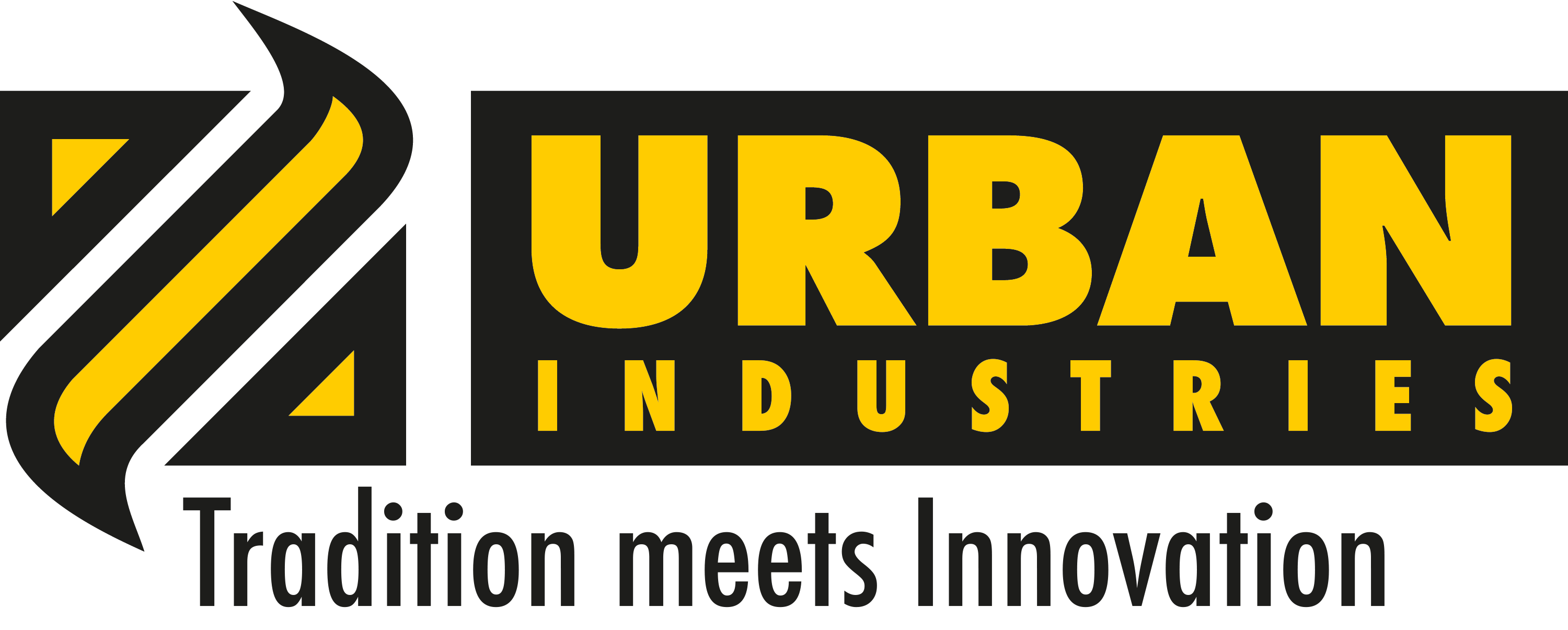Blast protection floor panels
Safety against explosions
Blast protection floor panels are essential components for vehicles operating in hazardous environments. They protect occupants and critical vehicle components from the effects of explosions, particularly from improvised explosive devices (IEDs) or mines.
What are blast protection floor panels
Blast protection floor panels are specially developed, solid panels that reinforce the underbody of a vehicle. Their main aim is to dissipate the kinetic energy of explosions and minimize damage to the vehicle and injuries to the occupants.
The main functions include
- Shock absorption
- Fragment defense
- Structural integrity
Reduction of the shock waves transmitted by the explosion.
Protection against rising splinters and shrapnel.
Prevents the penetration of explosive effects into the interior.
Materials for blast protection floor panels
The choice of material is crucial to ensure maximum safety. Typical materials are
- High-strength steel
- Titanium
- Composite materials
- Aramid fibers (e.g.: Kevlar)
Offers extreme resistance and durability.
Lightweight, but just as robust – ideal for mobile applications.
Combinations of metals and ceramics for optimum shock absorption.
Effective against splinters and for energy absorption.
The materials are often combined in layers to achieve a balance between weight, protection and cost.
How do blast protection floor panels work?
Blast protection floor panels dissipate the energy of an explosion and minimize its effects:
- Shielding
- Energy distribution
- Deformation
The plate blocks splinters and other debris thrown up by the explosion.
The shock waves from the explosion are distributed over the entire plate to reduce the load on a larger area.
Specially developed materials absorb the energy through controlled deformation without losing their structural integrity.
Areas of application for blast protection floor panels
Blast protection floor panels are used in many areas, especially where the risk of explosions is high:
- Military vehicles
- Police vehicles
- Security vehicles
- Special transporter
Protection against landmines and improvised explosive devices.
Used for bomb disposal or in conflict zones.
Vehicles for VIPs, journalists or humanitarian organizations in crisis areas.
Protection when transporting dangerous goods or explosive materials.
These plates are an indispensable part of any vehicle used in hazardous areas.
Advantages of blast protection floor panels:
- Maximum security
- Flexibility
- Longevity
- Low maintenance effort
- Simple retrofitting
E\effective protection against explosions and their effects.
Adaptable to different vehicle types and requirements.
High-quality materials guarantee a long service life, even under extreme conditions.
Robust construction minimizes the need for repairs.
Many blast protection floor panels can be installed on existing vehicles.
Development challenges
The construction of blast protection floor slabs faces several challenges:
- Weight
- Costs
- Compatibility
The protection must not lead to an excessive load on the vehicle.
High-quality materials and precise manufacturing are expensive.
The panels must be able to be integrated into different vehicle designs.
Future trends for blast protection floor panels:
The further development of blast protection floor panels is being driven by new technologies:
- Lightweight construction
- Smart Materials
- Modular systems
- Sustainable materials
Materials such as nanocomposites reduce weight without sacrificing protection.
Intelligent materials that can adapt to the strength of the explosion.
Interchangeable components for different threat scenarios.
Environmentally friendly alternatives for production.
Conclusion
Blast protection floor panels provide essential protection for vehicles operating in hazardous environments. With their robust construction and innovative material combinations, they ensure maximum safety against explosions. Whether in the military, police or civilian sector – blast protection floor panels are a central component of modern vehicle safety.

